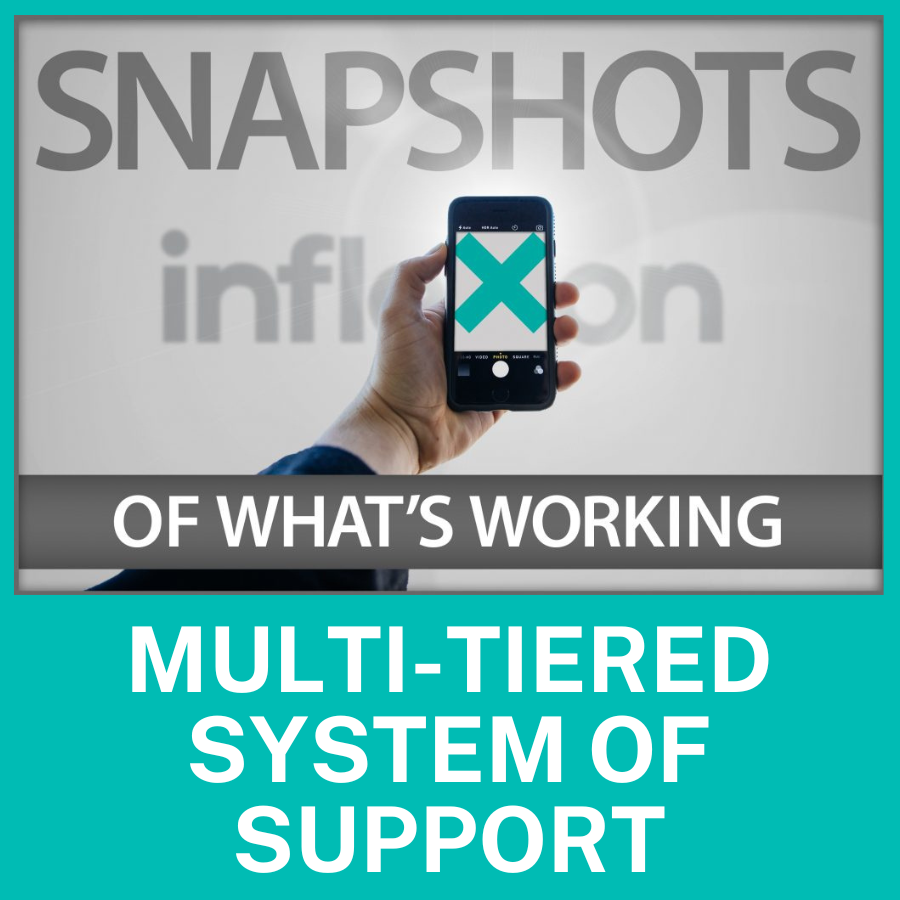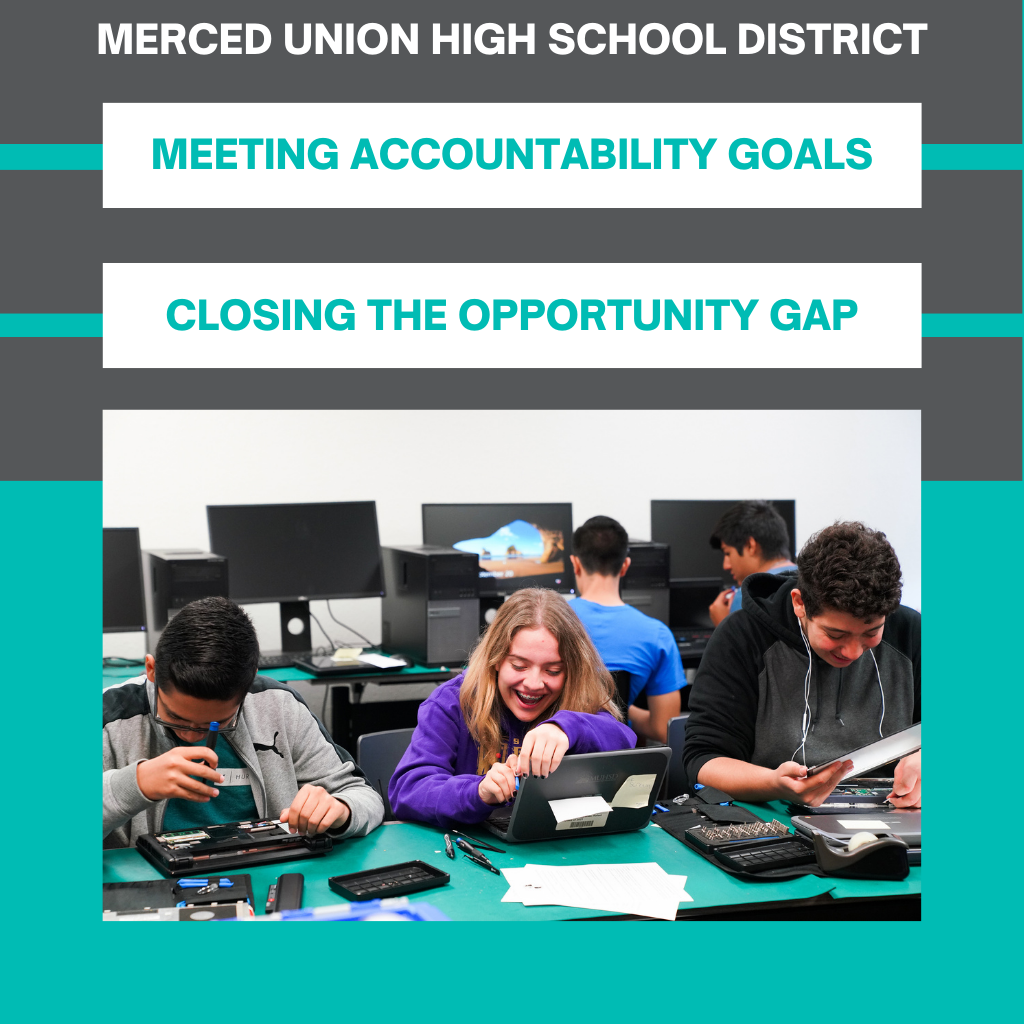Strategies for Supporting Family Engagement in Schools: Reflect and Plan for Meaningful Engagement

Decades of research outline a clear need for parent involvement in a child’s educational experience. When families are engaged in school, their children are more likely to succeed.
– Panorama Education

INTRO
There is no one-size-fits-all approach to family engagement. However, it’s crucial to ensure families have a voice in their child’s educational experience. Random acts of engagement are not enough; districts must look to systematically involve families across all grade levels.
This guide will equip you with the strategies and tools you need to meaningfully and continuously engage families in their children’s learning and development.
OBJECTIVES
- Review the strategies for supporting family engagement
- As you review the strategies, take notes on those your school is already implementing, and those your school needs to improve on
- Reflect on how your school is supporting family engagement and begin brainstorming an improvement plan
A strong family engagement plan consists of thoughtful, culturally-responsive, and equity-centered strategies that are grounded in feedback from both caregivers and educators.
- Ground your district’s strategic planning in an evidence-based family engagement framework
- Invite families to share priorities, concerns, and feedback
- Bring families into the decision-making process
- Assess all family engagement initiatives through an equity lens
- Offer flexibility and a variety of options for family involvement
- Leverage a variety of tools to facilitate meaningful, two-way communication
Ground your district’s strategic planning in an evidence-based family engagement framework

Invite families to share priorities, concerns, and feedback
Using family surveys, administrators can invite caregivers to document their perceptions of their child’s experience in school. The data gathered can help districts better understand the experience of all caregivers, delve into potential disparities occurring on demographic and socioeconomic lines, and institute policy and programmatic changes accordingly.
Bring families into the decision-making process
Successful family engagement programs are built on a foundation of joint decision-making and goal setting. Inviting families to take part in this work can increase caregiver engagement and reinforce that their involvement will have a direct impact on their children’s education and well-being.
Assess all family engagement initiatives through an equity lens
Your district’s family engagement initiatives must be responsive to the attitudes, behaviors, and beliefs of all families. No matter a family’s race, ethnicity, culture, or socioeconomic status, every family has both aspirations and concerns for their children’s success. Families are the foundation from which teachers build their students’ voice, agency, and academic development. Without this understanding, the most well-intentioned efforts can fall short of establishing authentic partnership with families.
Offer flexibility and a variety of options for family involvement
Flexibility is key. Not all parents have time to visit school in the middle of the day or to attend meetings on school nights. Although some parents may want to be involved in projects or committees, they may lack the time, resources, or social capital to engage.
- Offer supplementary educational resources to support learning at home (both for academics and social-emotional learning) via a school newsletter, social media updates, or in-person workshops.
- Set up online and mobile event registration and/or host events for parents online to make it easier for parents to participate. Also consider recording these sessions to share with parents who could not attend live.
- When asking for help with fundraising, event planning, or field trip coordination, always include multiple options for parent participation. For example, provide options for helping during and after school hours.
- Set up a parent-teacher home visit program.
- Launch a literacy-themed family teacher night.
Leverage a variety of tools to facilitate meaningful, two-way communication
When implemented effectively, parental engagement strategies employ consistent, two-way, meaningful communication to ensure parents are viewed as full partners in their children’s education and included (and truly heard) in decision-making processes that involve their school’s various education programs.
- Communication Tools: Apart from the main social media platforms, tools such as Remind and ClassDojo make it possible for teachers to virtually bring parents into the classroom.
- Video Tools: In addition to connecting with families via Zoom, educators can share news about student work or create lessons for families to view online using platforms such as Educreations, Flipgrid, or Screencastify.
- Virtual Classroom Spaces: Kidblog, Padlet, and Edmodo are all popular tools that can create a classroom space in the form of a blog or a class website. The goal is to create a centralized location for families to bookmark and refer back to when they have questions or want to see updates from the school.
REFLECTION
Questions to Consider:
- What is our district vision for family engagement?
- How do we ensure that families, staff, and students have a voice in establishing this vision?
- How can we ensure communication is parent friendly and truly two-way?
- How is our district addressing challenges such as childcare, English-language proficiency, non-traditional work hours, and access to transportation?
- How can we use the cultural backgrounds of our families to enrich instruction and school climate?
- What might make a family feel unwelcome or uncared for at our school? How can we address this?
- What are we doing to actively build trusting relationships with families?
TIPS
- See the complete digital guide in the provided resource for even more information, guidance, and resources.




Responses